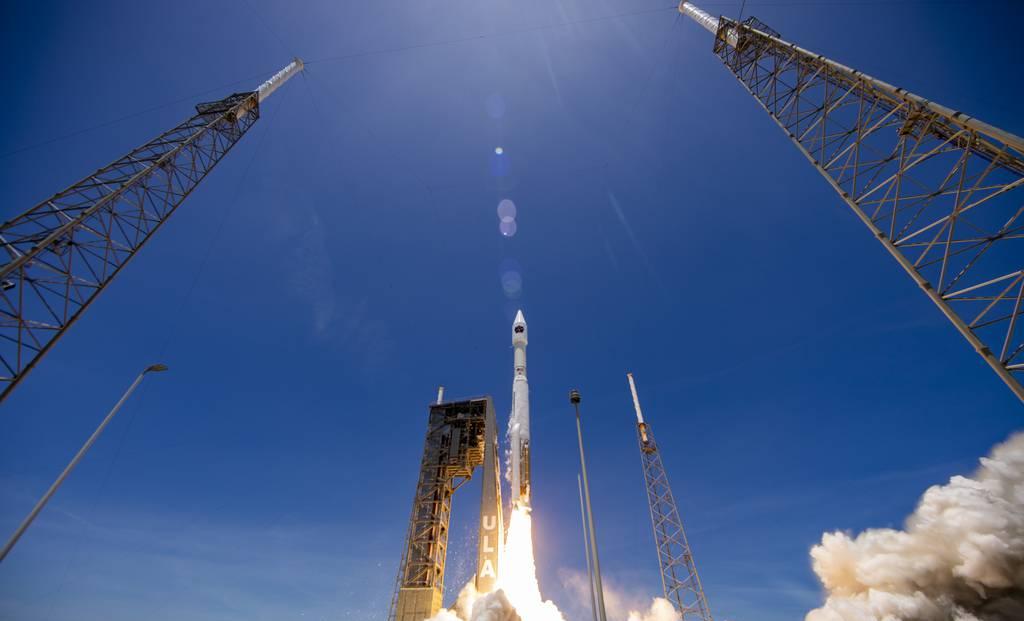
One of the U.S. Space Force's next-generation missile early warning sensor payloads has just reached a key test milestone.
According to Raytheon, the sensor developed by Raytheon Technologies will be tested in thermal vacuum by the end of January and will carry at least one of the first three next-generation high-altitude sustained infrared geostationary satellites.
These tests are designed to verify the system's performance under conditions similar to those it may experience on orbit.
"Space is a dynamic environment. Ensuring our instruments are prepared for challenges is critical to our success," Kristin Robertson, president of space and command and control at Thunder's Intelligence and Space Division, said in a press release Wednesday.
Test data will support future project milestones, including flight hardware manufacturing and payload delivery. It can also be fed into a simulation environment, where engineering teams use it to give feedback on the performance of the design and demonstrate a variety of features, including startup and post-production support.
"This type of agile development can provide rapid, iterative design insights while modeling evolved payload upgrade capabilities to meet future threat and mission needs," the press release notes.
The next generation of OPIR will replace the space force's current missile early warning constellation, the space-based infrared system. The first phase of the project, Block 0, consisted of three GEO satellites developed by Lockheed Martin and two polar satellites designed by Northrop Grumman. The first GEO space vehicle is scheduled to be launched in 2025.
For the geo-location-based part of the project, Raytheon and the Northrop and Bauer aerospace teams are developing the sensor payload. Each company's sensors will fly on at least one satellite, and Lockheed will select one of the payloads to integrate into a third GEO satellite.
The Bauer Northrop team announced in December that they had completed a series of environmental tests for their engineering development department, including thermal vacuum testing, and said they would deliver the flight payload in 2023.
This summer, two teams of sensors passed a critical design review alongside Lockheed's satellite design. The project completed a complete system CDR at the end of October, including satellite and ground parts.